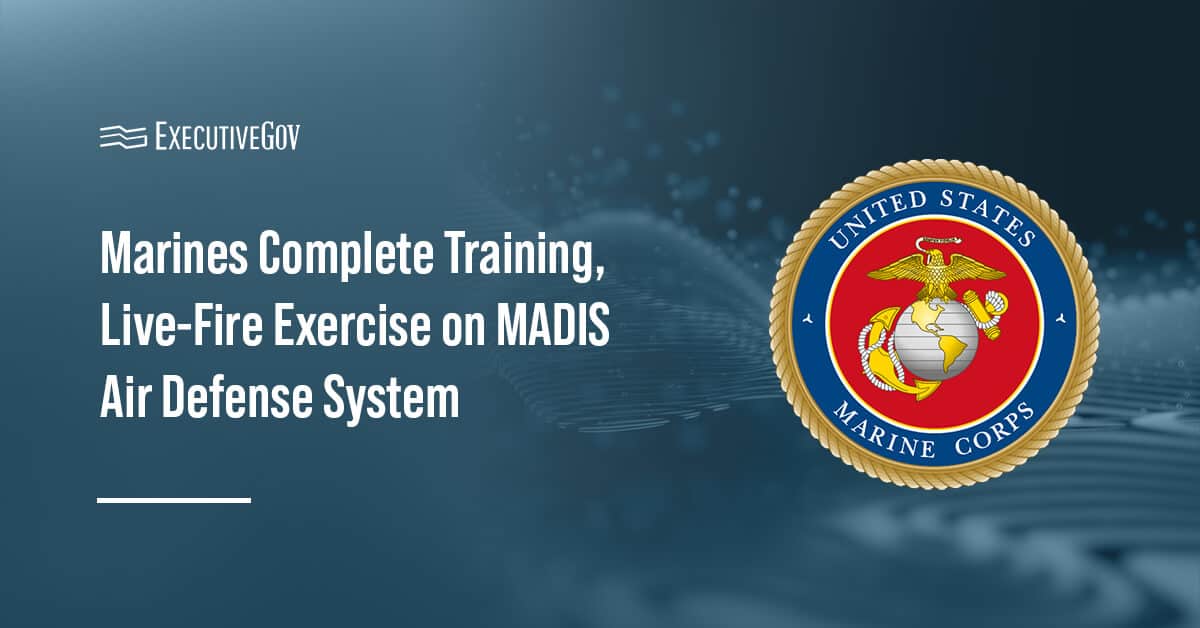 Researchers at the National Institute of Standards and Technology have patented a method for the development of nanoscale spherical capsules intended for drug delivery operations.
Researchers at the National Institute of Standards and Technology have patented a method for the development of nanoscale spherical capsules intended for drug delivery operations.
Team members created the spherical capsules as artificial versions of the outer coverings of cells with the use of fluids at the microscopic level, NIST said Thursday.
Michael Gaitan from the NIST’s Physical Measurement Laboratory and Laurie Locascio, director of NIST’s Material Measurement Laboratory, have developed the nanometer-scale capsules.
The inside of the capsules, known as liposomes, could contain drugs and the outside could hold receptor coatings that bind to cancer cells.
“We have precision control over making liposomes and changing their size by dialing in flow rates,†said Gaitan.





